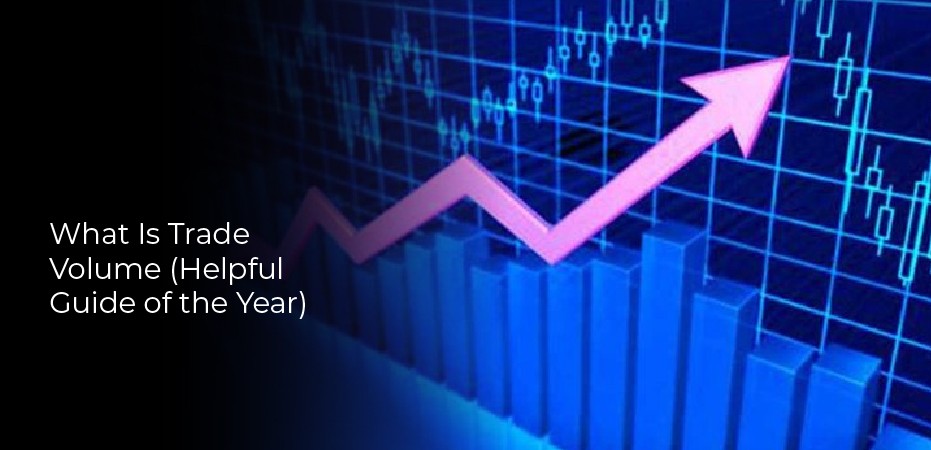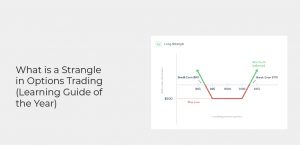In trading, the number of shares traded in the market is called the “Trade Volume.” This information can help you determine a particular trade setup’s entry and exit points. However, this information depends on a variety of factors. In this article, we’ll discuss how to interpret TradeVolume. It can help you gauge the mood of the market, whether it’s bullish or bearish.
Introduction of Trading Volume
Trading volume is a common way of describing the number of shares that are traded on an exchange. The volume of a security is determined by counting the number of buy/sell transactions in a given period. It is generally higher when a security’s price is changing. News about a company can also temporarily increase the volume of trading.
Trading volume is important for investors because it indicates how much a certain stock is being traded during a given period of time. However, it is not always a reliable indicator that a trend is about to change.
Investors use this information and other information to assess a stock’s future direction better. High volume can mean that investors are bullish on a certain stock, while a low volume means that investors are not as enthusiastic.
If we shared with you that the trading volume is the total number of shares or contracts traded on a given day. A stock with a low volume is difficult to sell and may not have much buying interest. Because of this, the spread between the bid and the asking price can be large. On the other hand, a high-volume stock is easier to sell at the desired price and has more buying pressure.
How to Interpret Trade Volume in Your Country
When you’re looking to trade stocks, there are a number of indicators you can use to gauge sentiment. Generally, a high or low reading on one of these indicators indicates that interest in a stock is rising or declining.
Similarly, a share price drop usually reflects a falling sentiment. Another way to gauge market sentiment is by comparing a market’s volatility. Volatility is an index that measures expectations of market direction and tends to increase when investors are pessimistic.
The disaggregated COT report also breaks down commercial traders into producers, users, merchants, and processors. It provides traders with up-to-date information about traders on the futures market and an overall sense of market sentiment. The number of long or short traders in a market can indicate either bullish or bearish sentiment.
Market sentiment is investors’ general feelings toward a stock or market. When prices are rising, market sentiment is bullish. Conversely, if prices are falling, the sentiment is bearish. Traders may be inclined to buy or sell based on market sentiment.
How Trade Volume Can Help You to Determine Entry for A Trade Setup
TradeVolume is one of the most important indicators that can help you determine entry and exit points for specific trade setups. This is because TradeVolume provides information about the overall health of a trend.
For example, a market should have increased trade volume when it is rising. Conversely, when the market is declining, it should have decreased volume. This can tell you that the market is under increasing sell pressure and that the trend might change. Also, traders can use this information to find potential support and resistance levels.
The more volume security has, the larger the price movement is likely. Conversely, lower volume usually means that a move is small. Volume is calculated by adding up all the trades that occur in a security over a particular time frame. Volume is highest immediately after security opens and is lowest mid-week.
Daily Life Facts: Always Monitor the Trade Volume
Volume can be an important indicator of market direction, but it also depends on a number of factors. Tracking volume can help traders determine what is driving higher trading activity. Price movements should also be monitored alongside volume. If prices are moving quickly or decreasing suddenly, this might be a sign that the market is shifting.
Trading volume is a measure of the number of shares traded in a security on a given day. It is commonly measured in daily time frames, but traders can also look at 30-day, year-to-date, or monthly periods. Volume is also correlated to the price of stocks.
A low trading volume can mean fewer people are interested in buying or selling. This can be bullish or bearish, depending on the trend.
Conclusion
Trade volume is the total amount of money you spend on a trade item in a single trading session, which you can check on your Trading Platform. It can be very hard to see your daily TradeVolume increase when you are just starting out. However, if you take the time to make a video about the market and write good articles about trading, your TradeVolume will grow over time.
You must understand what the market is doing, how to identify trends, and what to look for when making trades. The more you trade, the more you will learn about the market, and eventually, you will start to make better trades. Let us know in the comment section how much you are perfect for checking the TradeVolume of your shares.



